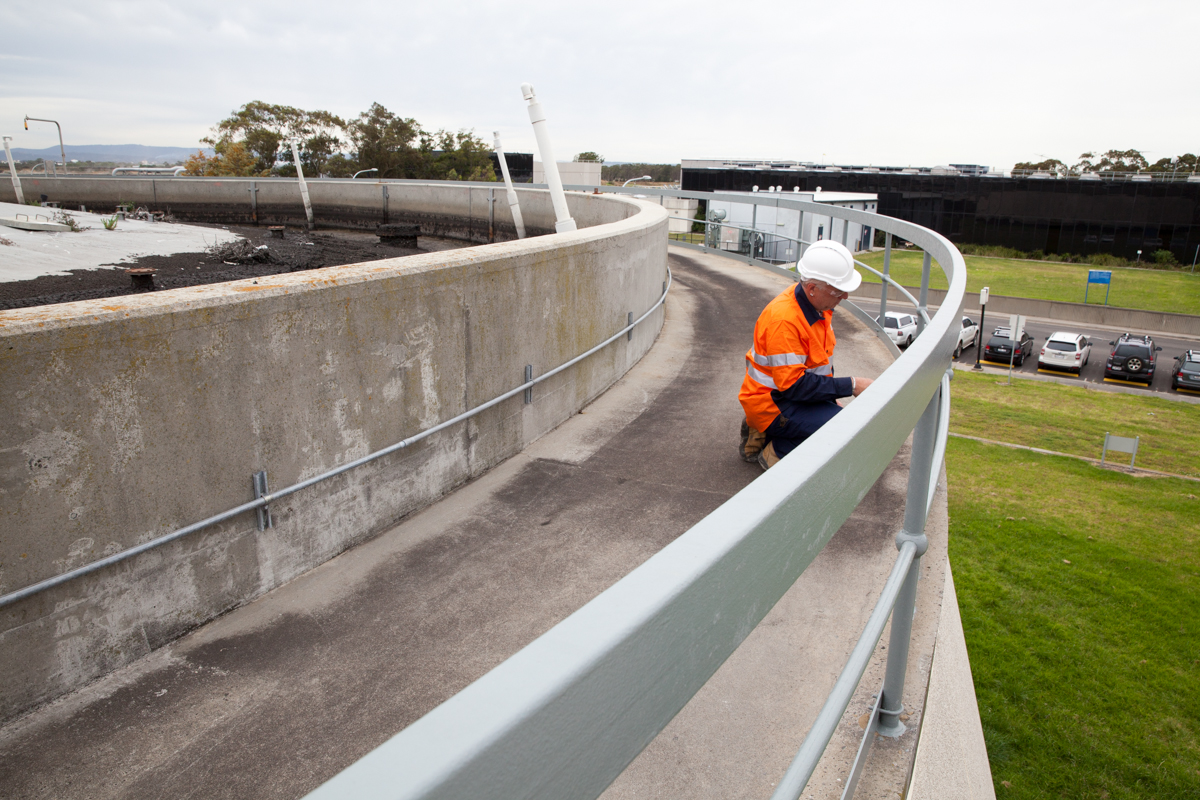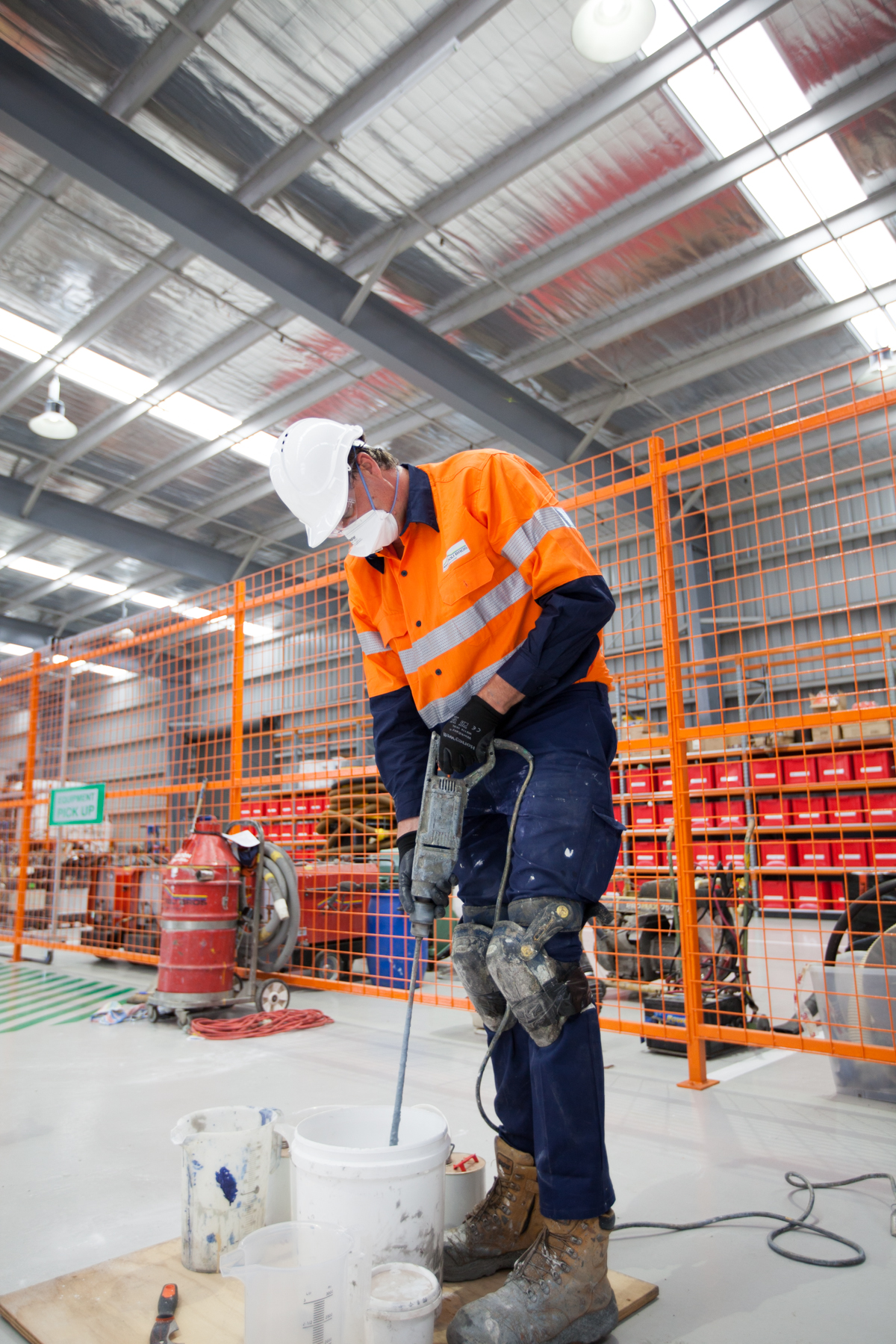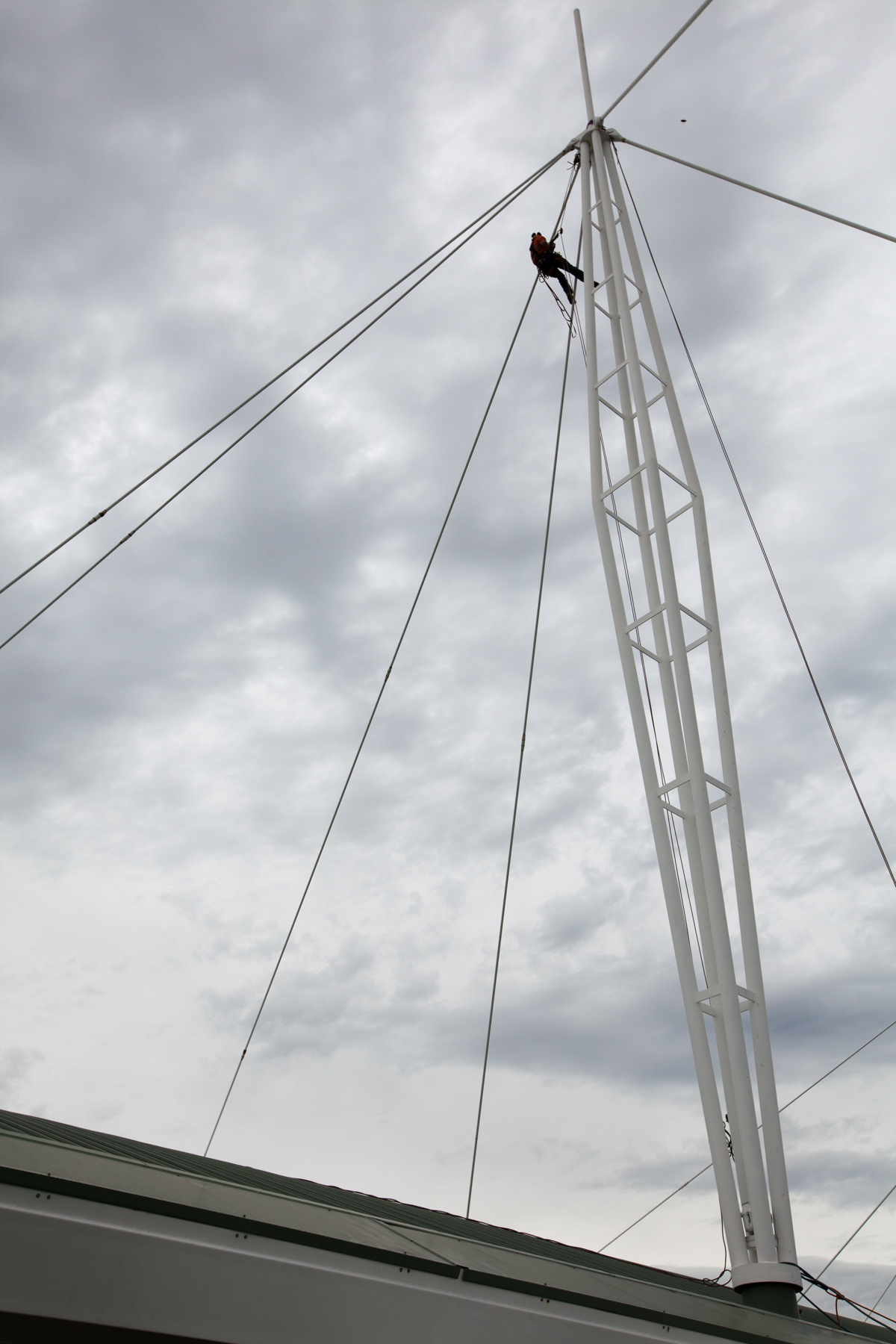The nature of today’s working environment is changing as budgets become more constrained and the political landscape transforms around the world.
Whatever the economy or politics of a country, corrosion will be an economic threat to industry and the wider community, as well as a physical threat to infrastructure and personal safety. While there are news reports of oil pipeline ruptures, sewer explosions or sink holes appearing after a burst water main, the effects of corrosion usually take many years to appear. Effective management or prevention of this insidious threat is essential to minimise its impact.
A report released this year by NACE International highlights the massive cost to industry but also indicates the savings that can be made through effective implementation and utilisation of available corrosion prevention technologies and processes. It has been estimated that, globally, more than three per cent of global GDP each year is spent on corrosion mitigation and repair. For Australia, in 2013, this equated to many billions of dollars.
There are many unseen costs that result from unmanaged corrosion. The most common being the loss of production resulting from an unplanned shutdown. Less obvious costs are unbudgeted capital expenditure to replace machinery and equipment or the damage to a company’s reputation following a pipeline rupture or similar safety issue.
In response to budget constraints and the rising cost implications of corrosion across all industries, asset owners and managers look to achieve a good return on their investment. However, the changing dynamics of the economy mean that companies offering corrosion management services have to convince their customers of their value. “Asset owners expect a better ROI on the money they spend on maintenance,” said Dean Ferguson, Materials Engineer with Infracorr Consulting and Senior Vice President of the Victorian Branch of the Australasian Corrosion Association (ACA). Infracorr is a leading engineering consultancy specialising in rehabilitation and durability solutions for concrete and masonry infrastructure.
 The Australasian Corrosion Association (ACA) works with industry and academia to research all aspects of corrosion in order to provide an extensive knowledge base that supports best practice in corrosion management, thereby ensuring all impacts of corrosion are responsibly managed, the environment is protected, public safety enhanced and economies improved.
The Australasian Corrosion Association (ACA) works with industry and academia to research all aspects of corrosion in order to provide an extensive knowledge base that supports best practice in corrosion management, thereby ensuring all impacts of corrosion are responsibly managed, the environment is protected, public safety enhanced and economies improved.
“Budgets for asset maintenance are never large enough to cover requirements. Coatings are seen as passive, so structures are often left to fend for themselves until corrosion damage is severe,” said Aaron Davey, Director of Bastion in New Zealand. “When coupled with the wrong coating, subsequent costs can appear far sooner than otherwise expected.”
Bastion has been providing innovative leadership to engineering, construction and maintenance projects throughout NZ for nearly 10 years, primarily with public infrastructure organisations and manufacturing industries.
“In the past, short-term, low cost solutions were what owners and operators were looking for,” said Sean Ryder, senior engineering consultant with Phoenix Solutions in New Zealand. “Today we are able to discuss the benefits of looking at the ‘whole of life’ asset costs.” This holistic approach takes account of construction and projected maintenance costs of a project. If it is possible to incorporate materials and processes into a design that results in reapplying surface coatings every 15 years instead of 10, there are savings to be gained.
Owners of high-value assets must understand the cost implications of ignoring the effects of corrosion. There are many advantages of planning for corrosion control and mitigation, two of which are that the life of an asset can be extended and maintenance time and costs reduced.
According to Ferguson, there is often inadequate time given over to the design phase. “Companies often rush this and find errors later that could have been avoided,” he said. “Durability is often viewed as an afterthought rather than a value add.”
“We understand that money can be tight, but it is better to consider how to look after an asset when it is designed and built,” said Gianni Mattioli, Director of his family-owned surface coatings business that has been providing a complete coating service to a diverse client base across Australia for more than 40 years. The company’s focus on innovation, quality, workmanship and safety has seen Mattioli achieve an unsurpassed reputation in the industry as innovators in protective coatings.
Monitoring the impact of corrosion on any type of structure is a critical aspect of ensuring asset integrity. A key way of minimising corrosion is to employ appropriate protection technologies.
“Proactively testing and inspecting gives a clearer understanding of where to spend limited resources on maintenance of assets,” said Rob Francis, of R A Francis Consulting Services. Francis has more than 40 years’ experience in metals, materials and corrosion, especially regarding protective coatings.
“Asset owners often prefer to put off maintenance until it is too late,” said Ferguson. “Everyone knows that it is cost effective but rarely have the budget to implement integrated design and servicing program.”
However, practitioners have noticed a gradual trend toward asset owners recognising the benefits of maintenance planning. “Since starting in the industry on the 1990s, I have seen a shift in attitude by asset owners,” Davey said. “More are appreciating the wisdom of doing it right the first time.”
 Ryder supported this opinion, stating that he had “noticed quite a significant increase of the awareness of asset owners as to the benefits of designing for durability; they are more and more taking a long-term view of asset protection.”
Ryder supported this opinion, stating that he had “noticed quite a significant increase of the awareness of asset owners as to the benefits of designing for durability; they are more and more taking a long-term view of asset protection.”
It is usually government bodies and larger companies that take a lead role when new business concepts are implemented, but it can still take some time for there to be a ‘ground swell’ of acceptance. “Once larger government agencies start doing it, the uptake flows down through other bodies and commercial companies,” Ryder added.
Best practices for construction and servicing operations have been changed and adapted to reflect the latest health and safety legislation and regulations. These have also flowed through into the quality control of a project. Asset owners have been forced to consider how things will be maintained in order to keep workers safe while carrying out repairs or applying a protective coating.
The changes in OHS legislation are also being incorporated into asset management plans. The safety aspect of designs are being viewed as part of the overall maintenance strategy. “If it is difficult to get up to an area of a structure to re-apply a protective coating, it would have been better to design it with easier access,” said Ryder. If, when it is built, there are few constraints on the access to a structure or the equipment to be maintained, it is possible to reduce the frequency of servicing.
“We have been on some projects where a building may look nice and do its job, but there may be overhangs and lips,” said Mattioli. “We as contractors have to access these to do our job but there has usually been little thought of how to get into these areas. It is even worse if the job is 20 storeys above ground.”
As an illustration, working on the structural cross members of an offshore platform or transmission tower in a remote location requires a unique combination of skills, but also additional safety precautions. Technicians need to have both the appropriate corrosion qualifications and abseiling experience.
In order to effectively and comprehensively explain the benefits of incorporating maintenance planning into the design process, companies and practitioners in the industry must ensure they understand all the latest products, technologies, processes and legislation. “We devote lots of time to staff training and education” said Mattioli. “We feel it is important for all members of our team to continue to learn about the new materials, new techniques and new training methods.”
Advances in technology and the spread of the Internet means that the amount of information that is readily available to designers, builders and contractors is vast. Companies are finding their staff are willing to research best practices and how to use new materials. “There is a new generation coming through with a focus and interest in doing a job well using the best technology and materials,” said Davey. “With the amount of data and the ease of access to it via online sources, it is easy to achieve excellence these days.”
 As the manufacturing industry restructures, some companies are taking advantage of workforce changes. “There are challenges to the economy and some sectors are hurting more than others,” Mattioli stated. Some manufacturing workers have a certain mindset in terms of precision and understanding the planning and steps that need to be taken to successfully apply a protective coating. “It has been surprising that we have had great success retraining auto mechanics as applicators,” he added.
As the manufacturing industry restructures, some companies are taking advantage of workforce changes. “There are challenges to the economy and some sectors are hurting more than others,” Mattioli stated. Some manufacturing workers have a certain mindset in terms of precision and understanding the planning and steps that need to be taken to successfully apply a protective coating. “It has been surprising that we have had great success retraining auto mechanics as applicators,” he added.
An added benefit of planning for sustainability and designing projects to require minimal maintenance is a reduced impact on the environment. “If you can maintain it effectively, you do not need to replace an asset as often which therefore has an environmental benefit,” added Ryder.
One area where Phoenix Solutions is expanding its work is reusing materials onsite, especially for remote communities and island nations in the Pacific region. One scheme the company is associated with involves taking polymer waste and incorporating it into a standard concrete matrix. The polymer provides additional durability for assets that require lower structure strength such as footpaths and buried septic tanks.
“A major consideration is ensuring that a successful mixture is repeatable,” said Ryder. “We have to be careful to ensure that there is consistency in the treatment of the polymer waste.” This recycling of waste polymer provides strength and durability to tourism infrastructure and reduces the cost of the works because the amount of steel rebar that has to be shipped to remote locations is reduced. There is an additional benefit in that it minimises the amount of waste material that is shipped from the location or burnt.
“Explaining the financial drivers is usually simpler as the results are easily measured now,” Ryder stated. “However, as time goes on, there will be more and more measurable results of the environmental benefits which will encourage clients to do more design for durability.”
The ACA is a not-for-profit, industry association, established in 1955 to service the needs of Australian and New Zealand companies, organisations and individuals involved in the fight against corrosion. The vision of the organisation is to reduce the impact of corrosion.